Diet Coke Flavors

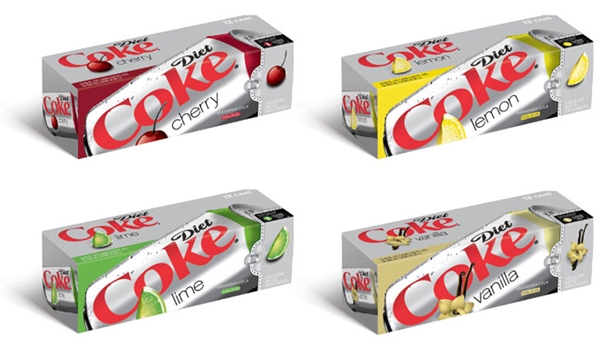
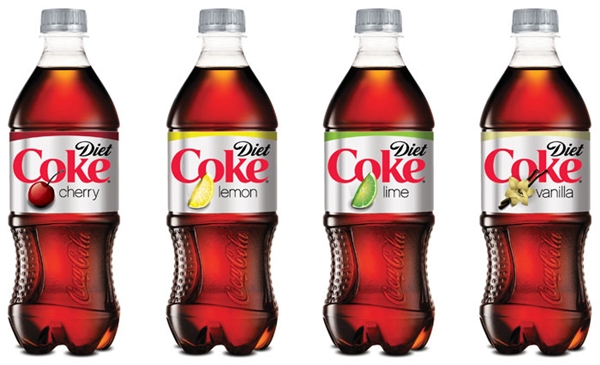
Bou Khalil, the oldest Lebanese chain of supermarkets is expanding in Lebanon and abroad. They opened 2 weeks ago their 10th store in Lebanon, located in Kousba, in the northern part of Lebanon, they also also opened a store outside their main playing field few months back, in Erbil-Kurdistan, in the northern part of Iraq, located inside the Tablo Mall.


 Email, we all use it and sometimes we all hate it. Personally, I live my business working days inside my inbox, I gathered all the necessary tools to make my email productivity high and never miss a message and answer within the shortest time frame and always remember to keep it simple and short.
Email, we all use it and sometimes we all hate it. Personally, I live my business working days inside my inbox, I gathered all the necessary tools to make my email productivity high and never miss a message and answer within the shortest time frame and always remember to keep it simple and short.
But what really bothers me about email, are the people who receive emails and spend a lifetime to answer, even that you know and you are very sure that they have enough time to answer you, even with few words, just to finish a pending issue that is and was dragging endlessly.
And I do always compare these people not answering to 3 CEOs I know personally who answer their emails faster than that guy who is sitting behind his desk and doing nothing all day long or doing a lot but not in a productive way.
The 1st CEO is running a multinational with more than 10,000 employees.
The 2nd CEO is running a smaller multinational with more than 1,500 employees.
The 3rd CEO is running a startup, going multinational soon with more than 250 employees.
So go imagine how unproductive some people are!
Toshiba has created a new scanner that recognizes any item in the store, meaning barcodes are not necessary. The object recognition system uses pattern and color recognition to identity the product, including fruits and vegetables.
 When I say kids, i don’t mean real kids aging between 5 and 15, but I mean the new generation of fresh graduates who are still kids at heart and feel they are old enough to control the world.
When I say kids, i don’t mean real kids aging between 5 and 15, but I mean the new generation of fresh graduates who are still kids at heart and feel they are old enough to control the world.
A bunch of this new generation is quite connected online thru many social networks, Facebook, Twitter, YouTube, Pinterest and Instagram … just to name few.
Then a new position was created with the boom of social media, sometimes called Online Marketing, Social Marketing or Social Media Executive and these fresh graduates are applying and being hired because they are so excited about social media and their personal profiles on these networks.
But the people hiring these fresh and new employees are totally forgetting the common basics of any business worldwide and sometimes giving those social positions to people who don’t even have any idea about the product they need to preach about.
These classical managers and social executive are falling in the trap of not learning or paying attention to the basics of real marketing and consumer behavior and mixing between using those social networks on the personal level and creating a real buzz around the brand they are working for, and they think that adding some product photos to the Facebook timeline or sending a tweet or adding a funny video, will generate followers and faithful consumers.
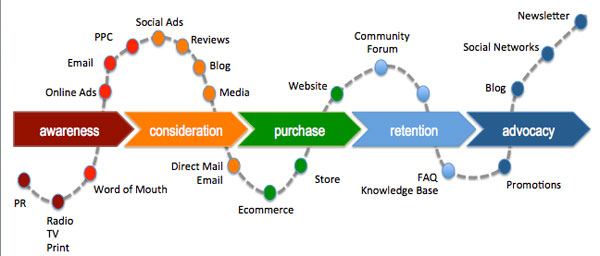
Related Articles:
Optimizing Social Media Across the Customer Lifecycle
Consumers Expect Brands to Respond on Social Media
Another funny part of this trend, are the social media icons, on every ad, TV commercial, magazine insert or highway billboard, these icons are inserted just because the marketing department thinks that people like to see them everywhere and it gives a plus to the brand.
They are totally forgetting that first they need to know more about their consumers and learn about the products and always check that the brand loves its consumers, so the consumers love the brand back.
If you spend 10 hours per day on your personal Facebook profile from your browser or smartphone, this does not mean you will manage to make people love your brand.
Please go back to the business basics and if you are not ready, you don’t necessarily need to have a presence on social media networks.

My dad was a photographer and owner of his own studio. So naturally I found myself looking around and seeing since day 1 brands like Kodak, Agfa, Canon, Fuji and Nikon, to name few among others. I witnessed black and white processing where you had to dip your fingers into different types of chemicals while using red and green lamps and sometimes in total darkness, then after few years, I had the privilege of processing color photos on the what-so-called at that time “1 Hour Photo” machines.
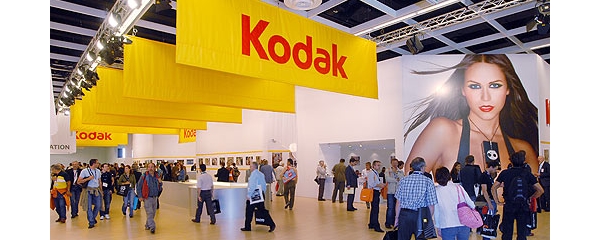
When I visited Photokina for the 1st time back in 1990, I was hugely impressed by the size of the booth each of the major brands was having, some brands like Kodak had a whole hall for themselves, unfortunately they had to file for bankruptcy earlier in 2012.
During the years, I saw consumer film formats from 110mm to 126mm to 35mm and brands like Kodak, Agfa, Konica, Fuji and many others fighting for film market shares and brands like Canon, Nikon, Minolta, Pentax and others fighting for camera hardware markets.
Major film manufacturers, at one point in time, tried to change the game of the classical film by introducing the Advanced Photo System, Kodak with a marketing name of Advantix, Fuji with Nexia, Agfa under Futura and Konica as Centuria. But it was a total failure for all of them.
Then the major rules changed when digital cameras started appearing in stores and the manufacturers started losing huge volumes of films until they got to the point of almost disappearing from the shelves.
But the case of the camera manufacturers was different, because they switched from regular known cameras to start manufacturing digital cameras and some of them printers.
But the most hurt channel in the new trend of digital photography were the stores and they saw a free fall of figures, as people started processing less and keeping their photos on their computers, which was great business for hard disk manufactures, as consumers needed more space on their PCs to keep more images.
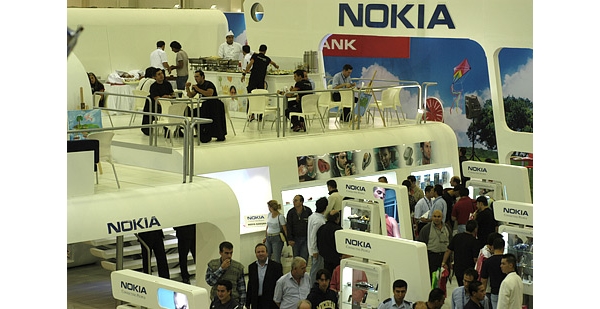
But the game did not stop at this stage, more players joined, but this time, not anyone major from the photography industry, it was a total invasion from the mobile manufacturing companies.
I think that Nokia was the leader in introducing a camera on a mobile phone, then all the rest followed with the same option, until today where you can find mobile phones with 41 megapixels.
Today companies like Nokia, Apple, Motorola, Samsung and LG are the largest manufacturers of “Camera-Phones” and consumers are everyday using their cameras less and less, their digital cameras I mean.
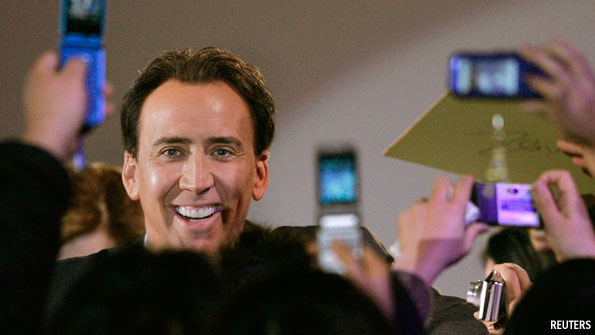
The tablets war is still going on. Tomorrow Google will start delivering its Nexus 7 Tablet for $199, a price that will put the Kindle Fire on more fire. With a front camera and full access to Google Play store with more than 600,000 applications and the restrictions Amazon is having on its Kindle for accessing the Play store, consumers will most probably switch to the Nexus and put the Kindle aside.
In my opinion, the fastest Amazon.com allows its users to access the Play store and install Google apps on their Kindle Fire, the better the shock of the market will be absorbed.



The biggest batteries display I have ever seen in any retail outlet.
